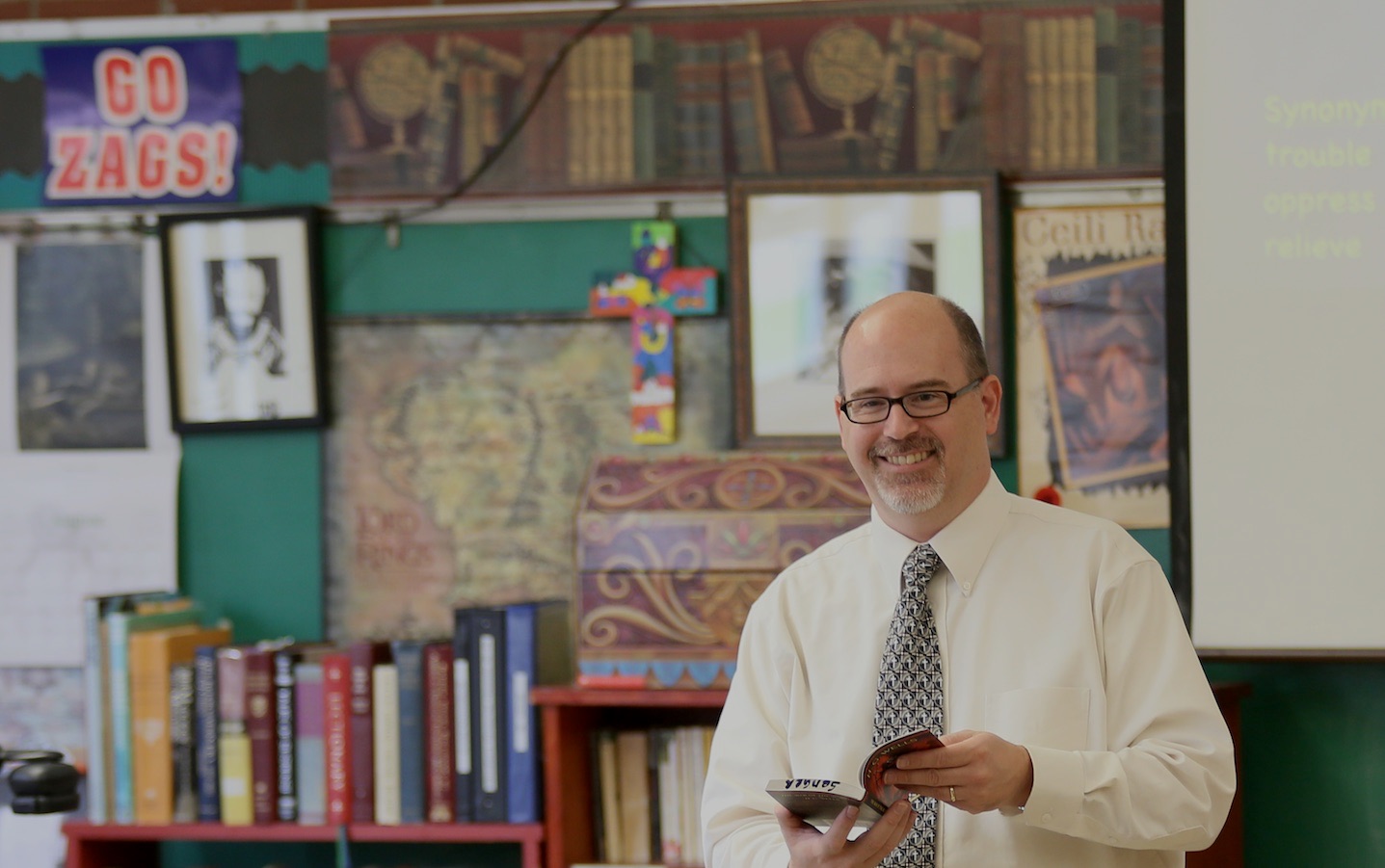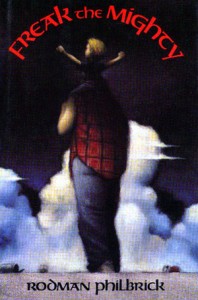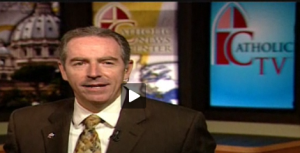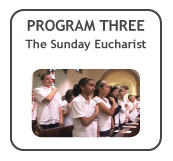 Phil Keaggy is one of the greatest guitarists of all time. Regularly listed at the top of Guitar Player Magazine polls, he also has a voice as honey smooth as Paul McCartney’s. His musical style runs the gamut: solo acoustic, electric blues, melodious pop, classic rock, you name it. And since the mid-1970s, he has used his considerable talent to spread the Gospel.
Phil Keaggy is one of the greatest guitarists of all time. Regularly listed at the top of Guitar Player Magazine polls, he also has a voice as honey smooth as Paul McCartney’s. His musical style runs the gamut: solo acoustic, electric blues, melodious pop, classic rock, you name it. And since the mid-1970s, he has used his considerable talent to spread the Gospel.
As one of Christian music’s pioneers, Phil Keaggy has inspired hundreds of thousands of people, especially those fortunate enough to have seen him perform live. I count myself among the lucky, having seen him in concert several times. After each concert, I left with the desire to inspire my students the way Phil Keaggy inspires his audience.
What can a Catholic teacher learn from a musician like Phil Keaggy? I invite you to ponder that question as you watch an amazing performance of “Salvation Army Band.” Phil Keaggy performs the song with a single guitar and a device called a JamMan, which allows him to create several loops with the guitar and layer them over each other by using foot switches.
What are the lessons we can learn from Phil Keaggy?
Know your stuff: In order to inspire, we must first perspire. No doubt some of us are born with a natural ability to teach, as Phil was born with a natural ability to play the guitar. But that ability must be nurtured and developed through constant practice.
Innovate: Phil plays guitar like no one else, always pushing the creative envelope. Do we sit back and reuse our lesson plans year after year, or do we look for more effective, creative ways to bring the gospel message to our students?
Make technology work for you: As talented as Phil is, he also knows how to use the latest technology to be even more entertaining and expressive. Are we taking advantage of educational technology to be more efficient, interesting and relevant?
Enjoy what you do: There is a joy that radiates from Phil’s face as he plays. What radiates from our faces as we teach?
Give it all to God: Finally, Phil understands the source of his gifts, and is living a life of gratitude by offering those gifts back to God. We, too, have the opportunity to make our work a living offering to the great God of the universe.




 You may be familiar with classroom news podcasts like
You may be familiar with classroom news podcasts like 
 Every hero journey has a mentor; wise teachers like Obi-Wan Kenobi and Dumbledore guide and aid the hero as he or she sets out on a quest of self-discovery and maturity. Your classroom is the proving ground for two dozen or so heroes each year–heroes who are on a journey every bit as important as Frodo’s in The Lord of the Rings. Your students are on a quest to discover their talents and gifts, and to learn how to place them at the service of Christ in order to do their part in bringing about the Kingdom of God. And just as Frodo had Gandalf to guide and mentor him, you are asked to guide and mentor your students. What can we learn from Gandalf’s example?
Every hero journey has a mentor; wise teachers like Obi-Wan Kenobi and Dumbledore guide and aid the hero as he or she sets out on a quest of self-discovery and maturity. Your classroom is the proving ground for two dozen or so heroes each year–heroes who are on a journey every bit as important as Frodo’s in The Lord of the Rings. Your students are on a quest to discover their talents and gifts, and to learn how to place them at the service of Christ in order to do their part in bringing about the Kingdom of God. And just as Frodo had Gandalf to guide and mentor him, you are asked to guide and mentor your students. What can we learn from Gandalf’s example?